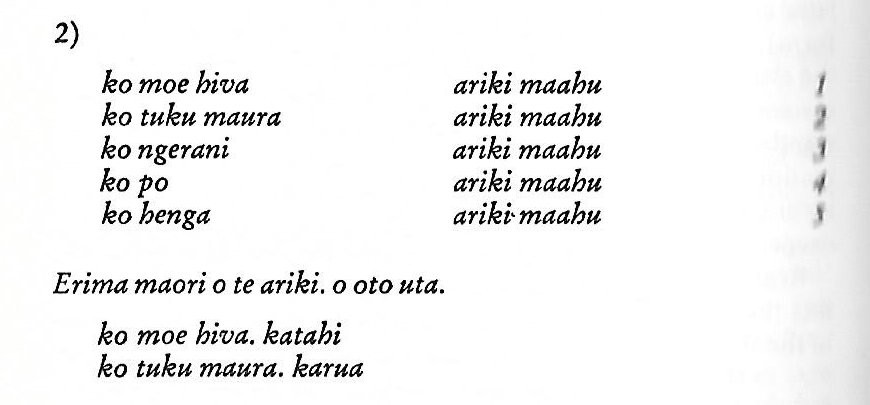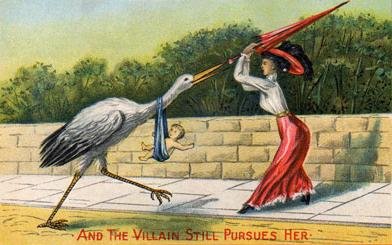As to the name Oto Uta there surely has to be an implication of 'going up', not only supported by the names of his 5 'masters' (ariki maahu), but primarily because uta means the direction towards the interior of an island. Uta. Higher up (from the coast, or from another place); i uta era, further up, up there; ki î te îka i uta, as there are lots of fish on the beach. Vanaga. 1. Inland, landward; paepae ki uta, to strand, to run aground; mouku uta, herbage. 2. To carry; uta mai, to import; hakauta, to give passage. Campbell. The message seems to be that there were 5 periods of time to be counted in the night in order to reach dawn (all 5 ruled by the star king Oto Uta) - i.e. from midnight and up to the sunrise (ki hehega mai te raá) at the horizon in the east:
... The Polynesians mingle the time-indications based on the position of the sun with others which are derived from the life of men and nature. We are told that the Hawaiian day was divided into three general parts, 1, breaking the shadows, 2, the plain, full day, 3, the decline of the day ... The lapse of night, however, was noted by five stations: 1, about sunset; 2, between sunset and midnight; 3, midnight; 4, between midnight and sunrise; 5, sunrise. A native Hawaiian [Malo] writes: - 'When the stars fade away and disappear, it is ao, daylight; when the sun rises, day has come, la; when the sun becomes warm, morning is past; when the sun is directly overhead it is awahea, noon; when the sun inclines to the west in the afternoon, the expression is wa ani ka la. After that come evening, ahi-ahi (ahi, fire), and then sunset, napoo ka la, and then comes po, the night, and the stars shine out ... In Tahiti the day has six divisions which are fairly accurately determined by the height of the sun. Names are given for midnight, midnight to daybreak, daybreak, sunrise, the time when the sun begins to be hot, when it reaches the meridian, evening before sunset, the time after sunset. For the Marquesas are given: - daybreak, twilight, dawn ('the day or the red sky, the fleeing night'), broad day - bright day from full morning to about ten o'clock -, noon ('belly of the sun'), afternoon ('back part of the sun'), evening ('fire-fire', the same expression as in Hawaii, i.e. the time to light the fires on the mountains or the kitchen fire for supper) ... These 5 ariki maahu are enumerated twice:
Then follows further information:
Vai kava is saltwater, viz. the water (vai) in the ocean. And twice te kumi could indicate a very long 'sea voyage'. Kumi. 1. Long, far; to grow long; maikuku kumi, long fingernails; larger share; he kumi maana, he iti maaku, the larger share (he keeps) for himself, the small one is for me. 2. Fathom (also: maroa). Vanaga.
... There is a couple residing in one place named Kui and Fakataka [Creating a Circle]. After the couple stay together for a while Fakataka is pregnant. So they go away because they wish to go to another place - they go. The canoe goes and goes, the wind roars, the sea churns, the canoe sinks. Kui expires while Fakataka swims. Fakataka swims and swims, reaching another land. She goes there and stays on the upraised reef in the freshwater pools on the reef, and there delivers her child, a boy child ...
|
||||||||||||||||||||||




